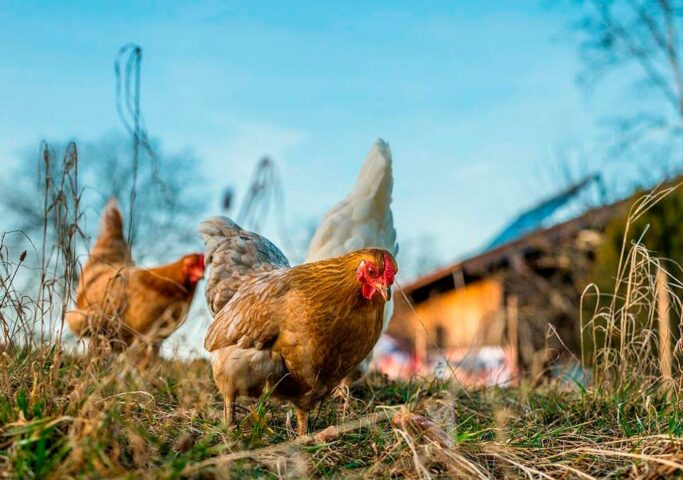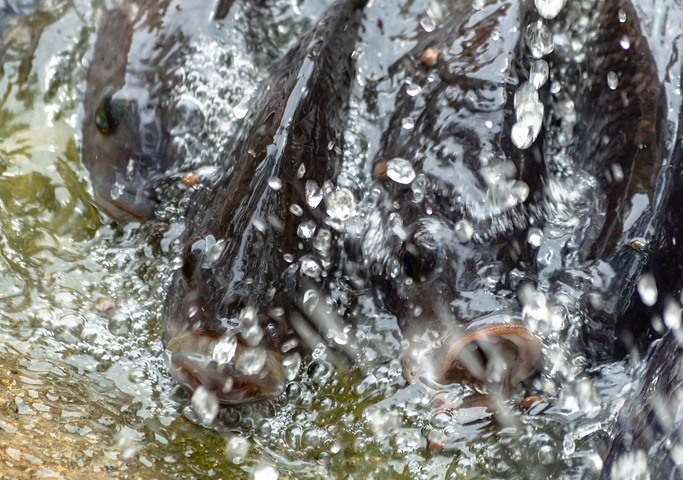
Some of the advantages that the state of Florida offers to poultry and egg producers are a uniform climate, sunny and abundant weather in which poultry can be outdoors all year round. Rainfall is abundant and fairly evenly distributed throughout the year, guaranteeing poultry farmers sufficient moisture to produce green feed almost at will. In addition to these advantages, there is a good domestic market, as Florida imports a large volume of eggs and poultry meat. Today there are more than 78 million broilers and more than 11 million layers in Florida.
Egg farms are located in counties throughout the state; however, the major egg producing areas are the Tampa Bay, all of central Florida northward to Nassau County. While broiler producers are located in north Florida (counties north of Gainesville), since essentially all broilers are produced under contract and contractors currently only operate in north Florida.
Integrated companies dominate broiler production in Florida
The broiler industry in Florida, as in the rest of the United States, is vertically integrated. This means that broilers are produced and marketed by companies that own or control breeder flocks, incubators, broiler flocks, feed mills, processing plants and market arrangements. Although there are some company-owned farms, the birds (both broiler and breeder flocks) are typically managed by contract farmers under the supervision of the company. The producer provides the land, labor, buildings, litter, equipment, pays taxes, utilities and insurance. Contracts establish a base quantity and reward efficiency and product quality with bonuses. The company provides the birds, feed, vaccines, medicines and supervision.
Integrated broiler companies usually have three types of contracted farms: raise replacement broiler breeders, maintain broiler breeders for the production of fertile eggs and raise broilers.
In the last few years, Florida broiler companies have shifted to raising a larger size bird to meet the demand for processed products. However, they continue to raise broiler chickens for the fast food and fresh-cut markets. As a result, there is considerable variation in the size of cultured broilers.
Egg production in Florida
Egg producers are divided into two well-defined groups: the owner of a small farm and the commercial egg producer. The first class is the general farmer who keeps a number of chickens for domestic use; while the commercial producer keeps chickens exclusively as a means of earning a living, maintaining a contract with integrated production companies similar to broiler producers.
There are three types of farms involved in the table egg industry. Breeder farms have a parent stock that produces hatching eggs for the production of laying hens. Pullets are usually reared in separate farms until just before laying, at which time they are moved to the laying farms. Layer farms keep hens from the point of laying until they come out of production.
In Florida, organic poultry farming has followed the national trend and has become the fastest growing sector of the industry. Certified organic farming is conducted on nearly 130 farms in Florida on more than 11,000 acres and it is important to accompany this growing national trend by offering certified organic products that meet the immediate needs of both poultry farmers and consumers.
Fuente:
- https://www.nass.usda.gov/Statistics_by_State/Florida/Publications/Livestock_and_Poultry/ldpsum16/LDP16All.pdf
- University of Florida Institute of Food and Agricultural Sciences, Meat Extension
Author: Felipe Mendy (veterinarian)



